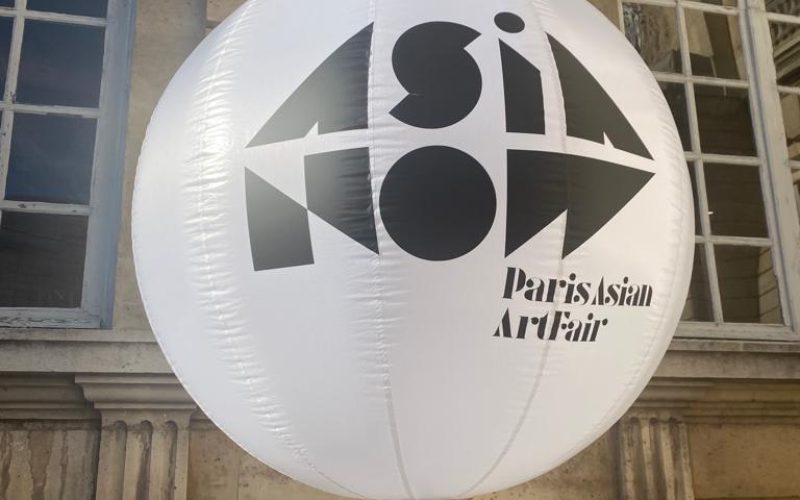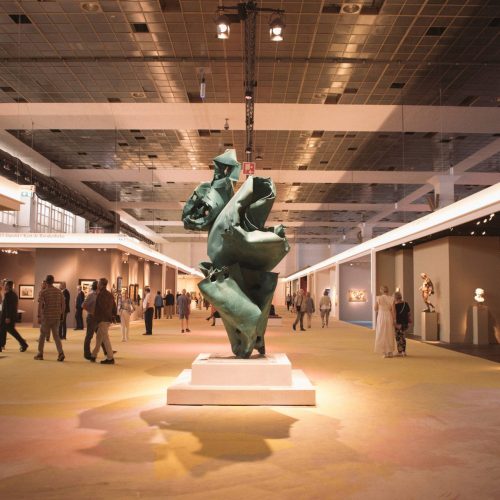
In press accreditation, intentions and credentials of journalists and media outlets checked before allowing them access to an event, such as an art fair. This is important for a number of reasons. First, press accreditation helps you maintain the integrity of your art fair. By admitting only accredited press, for example only reporters from reputable newspapers and magazines, you as a fair organiser can ensure that the event is not overrun by individuals with improper motives, for example to drink free champagne or harass famous people.
So accreditation is also important for security. This is all the more true for the grand opening of an art fair, because of the VIPs who often roam there. By closely managing who is allowed in, riot journalists and fake reporters are not given a chance. This can prevent incidents during the opening and also limits the chances of negative media coverage.
Furthermore, press accreditation allows art fair organisers to monitor media coverage of the event, determine where they could possibly improve their outreach and the ROI of their PR investment. By mapping participants' press credentials and output, with or without the help of a press agent, organisers can keep track of which media outlets are reporting on the art fair and ensure that all relevant and interested channels are invited in the year after as well.
Serious journalists with sincere intentions also appreciate press accreditation. Granting only accredited members of the press special access and possibly certain privileges allows them to do their jobs effectively and with pleasure during the fair.
All in all, then, press accreditation is essential to keep your art fair running smoothly and safely, and to steer your media coverage in the positive direction. But how do you best tackle press accreditation at an art fair? If you follow these steps, you really can't go wrong.
In it, you formulate all the criteria for accreditation, including the types of media eligible for access. Make sure the most important press is there at the right times and the less important press at 'normal' times. Also check with your sponsor and exhibitors about their key press contacts.
Make it easy for press representatives to submit their application. It is smart to set up an online registration page for this purpose, where they can fill in and upload all the necessary information for accreditation. Use this page to extract as much information as possible about the journalist's background and intentions. What kind of item does he want to make about the fair and what support does he need for this?
Preferably do this in an online environment from which you can directly create and send access tickets with QR codes. Respond to all press requests in a timely manner. This ensures an initial positive perception of the fair organisation by the media representative.
Let accredited press report here with the personal QR code, after which you provide them with a personal badge. After all, during the fair, you want to be able to quickly recognise who a journalist is and which medium they are writing for.
Give accredited journalists all the information they need to cover the art fair properly and positively. Think of a press kit and access to an online press cream containing high-resolution downloadable images, all press releases issued, quick facts & figures about the art fair, details of exhibitors, artists and organisers and, of course, contact details of press-office staff available for help and questions during the fair.
For example, you could give them workstations in a press room during the fair or give them access to the grand opening or to certain speakers or VIPs. Such perks give them an enjoyable experience during the art fair. This significantly increases the chances of positive, high-quality media coverage.
Ask if they need any additional help or information. Do not be too impatient or pushy here, as journalists do not like that.
Beyond your accreditation policy, there are other strategies that help generate the desired media coverage. For example, you can 'lure' the media with a special artwork exhibited at the fair or a special visitor or artist coming to the fair. Another tried-and-tested strategy is to seek cooperation with a newspaper, magazine or online medium. You can then make clear agreements about the content of the publications (before, during and after the fair) and, in return, offer this medium a nice scoop or an exclusive interview.

Want to read more about organising an art fair and what to look out for in order to manage the registration of all the different visitor groups?
Then download our paper: Event registration at art fairs.

